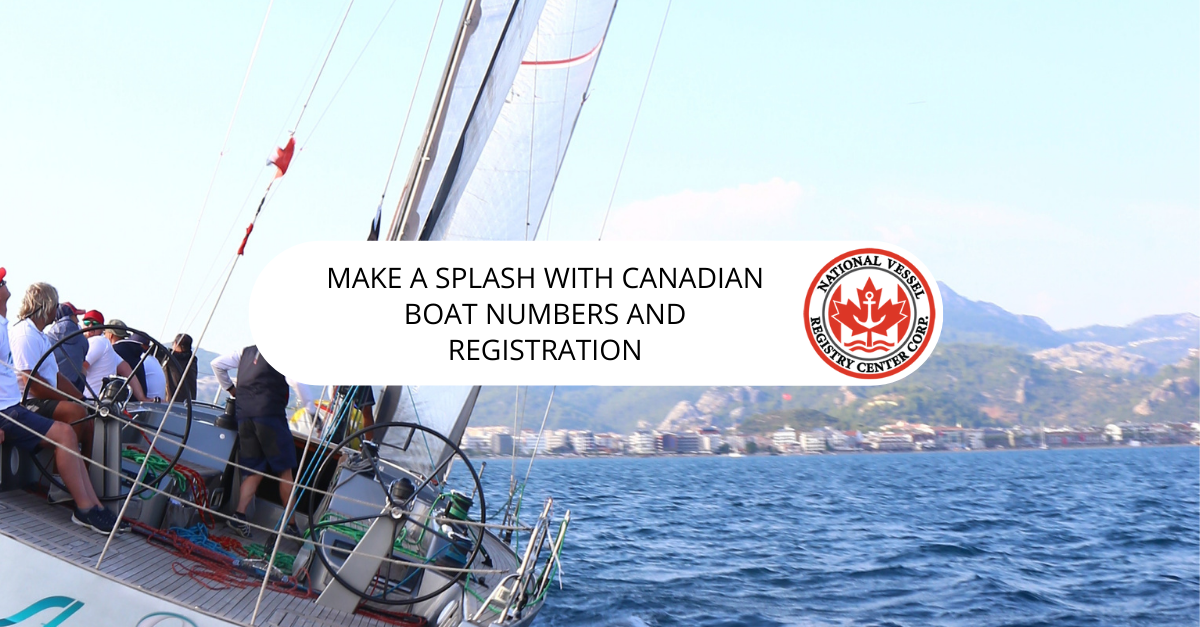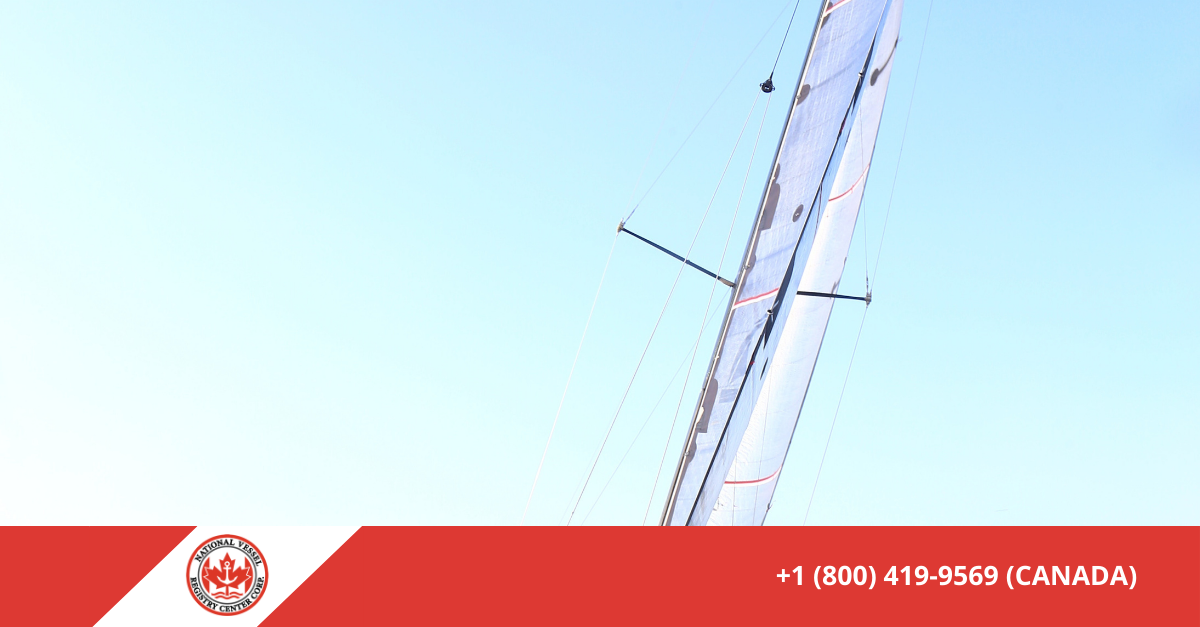Are you ready to jump in and buy a shiny new boat? Maybe you’re just here to get a better idea about the nitty-gritty of paperwork involved before you commit. Either way, there are certain boxes you’ve got to check, like getting your boat’s official number, boat registration, and obtaining a license after that purchase of your boat. Sounds like a lot? Don’t worry! Though getting all the permits and licenses from Transport Canada can seem a bit like climbing Mount Everest, it’s not all gloom and doom. The good news is, at the National Vessel Registry, we’re all hands on deck to assist you!
So, you’re probably dreaming about splashing around lakes and rivers all year round, aren’t you? Think about all the fishing, water skiing, cruising, or even spending a quiet day at a nearby lake or river. Pure bliss! If you’re a novice sailor, it might seem like there’s a sea of information to learn. By now, you probably know about various types of recreational watercraft, and you’ve also learned the basics of keeping your boat shipshape. However, let’s dive deeper into the ocean of knowledge about Canadian official numbers, shall we?
Let’s Decode Your Boat’s Official Number
In Canada, purchasing a motorized boat is similar to entering a competition. Like receiving a race number, you need to register your boat with the appropriate transportation authorities. You must have your brand-new boat registered with Transport Canada as soon as possible. To officially become the new owner of a previously owned boat, you must submit a transfer of ownership form and a valid Pleasure Craft License (PCL). After the handoff is complete, Transport Canada will issue a registration certificate bearing the boat’s official number.
When you register your boat with Transport Canada, you not only give it an official name but also a special identification number. Your boat will be uniquely identifiable to Transport Canada and law enforcement with this number. If your boat ever goes missing, you may use this official number to track it down. Keep in mind that this is not the same number that appears on the hull of your boat. It’s simple to confuse one another around here!
What’s This License Number for a Pleasure Craft?
This identification number, or the license number, is like your boat’s personal GPS that allows the Canadian Coast Guard to identify and locate it in case of emergencies. This number is like the lighthouse that guides search and rescue teams toward you during stormy weather. Any pleasure craft boasting an engine of 10 hp or more needs to have this number. If you haven’t got this number yet, at the National Vessel Registry, we’re here to help you navigate this process, so it won’t feel like you’re stranded in the middle of the ocean.
How to Get Your Boat’s Official Canadian Number?
To make your voyage towards obtaining your vessel’s official Canadian number a walk in the park, we’ve stocked up all the necessary forms on our convenient online portal. Fill them out, proceed to payment, and then sit back and relax. We’ll cross-check the information and forward it to Transport Canada for processing. It’s as smooth sailing as it gets, enabling you to secure the required formal registration. If you have any doubts, don’t hesitate to cast your questions into our online contact form.
Decoding the Numbers
Usually, boat registration numbers begin with two letters denoting the province where the vessel is registered, followed by seven unique digits. These numbers are your boat’s unique ID, like a fingerprint, signaling that your vessel is registered with Transport Canada. Sometimes, larger commercial vessels might start their names with the letter “C.” Regardless of the boat’s size, the Canadian government uses a vessel’s registration number as proof of ownership and identification.
What to Do with Your Boat’s Numbers?
As we’ve already established, the official number is distinct from the boat’s registration number. The official number serves as a permanent identification of your boat and should be prominently displayed within the vessel at all times. See to it that each of these digits is at least four centimeters in height.
The official boat registration number must be painted in block letters at least 7.5 cm tall on both sides of the bow, above the waterline. It’s important that the number color stands out against the bow’s background. A bright white might be a good choice if the bow is black. As long as the number can be seen easily, there is no minimum or maximum width requirement.
Getting Your Official Canadian Boat Registration
If you’re ready to set sail on the journey of getting a Transport Canada-approved boat identification number anchor at the National Vessel Registry Center. Our team of experts has navigated these waters countless times and can help you secure your number without you having to fill a new application. We’ve simplified the boat registration process, so check out our site and our FAQ section to get all your doubts about boat registration answered.


